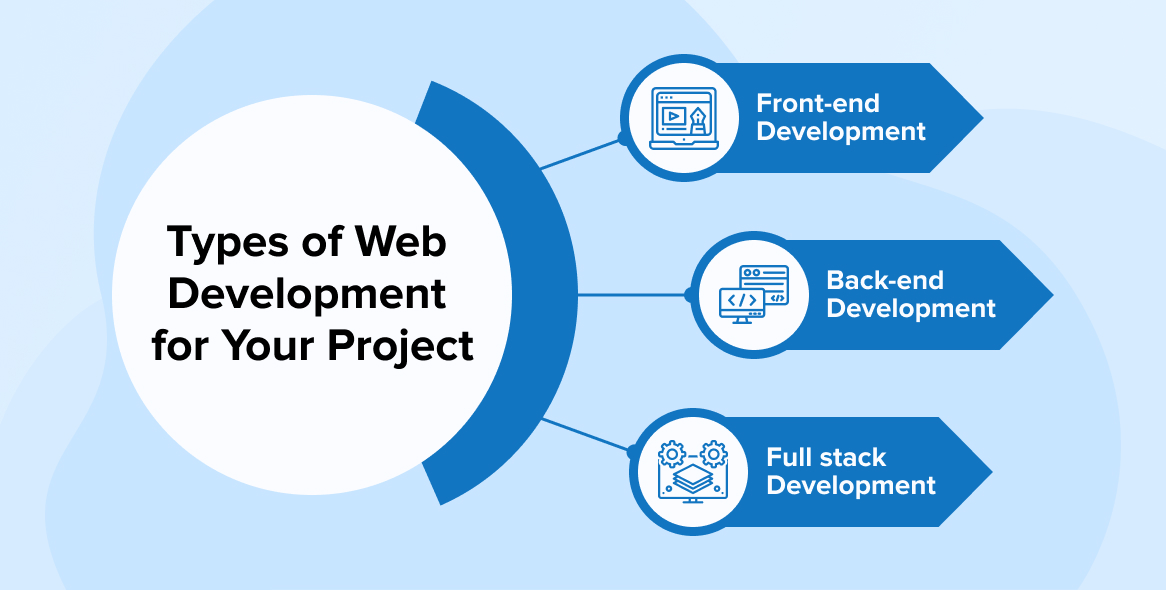
The digital landscape is evolving at an unprecedented pace, ushering in a new era known as Web3. This transformative phase of the internet promises to redefine how we interact online, fostering a decentralized environment where users have greater control over their data and digital experiences. As we stand on the brink of this revolution, the importance of Web3 development becomes increasingly clear. It is not just about creating new applications; it is about building a resilient infrastructure that supports a more inclusive and equitable digital world.
In this exploration of Web3 development, we will delve into the fundamental principles that guide this movement, including decentralization, blockchain technology, and user empowerment. With an emphasis on innovative solutions and community-driven approaches, Web3 development has the potential to reshape industries, enhance transparency, and create new avenues for creativity and collaboration. As we navigate this exciting terrain, understanding the tools and techniques that enable Web3 development will be crucial for anyone looking to be part of the future.
Understanding Web3 Architecture
Web3 architecture represents a significant shift from traditional web models, aiming to create a decentralized internet ecosystem. At its core, Web3 is built on blockchain technology, enabling peer-to-peer interactions without the need for intermediaries. This decentralized structure not only enhances security and privacy but also empowers users by giving them control over their own data and digital identities. The architecture is designed to be open and programmable, allowing developers to create applications that can interact seamlessly within a global network.
One of the key components of Web3 architecture is the use of smart contracts. These self-executing contracts are code that automatically enforce and execute agreements based on predefined conditions. Smart contracts facilitate trustless transactions and eliminate the need for third-party validation, which is essential for applications in decentralized finance, gaming, and supply chain management. By leveraging smart contracts, developers can build robust decentralized applications, known as dApps, that function in a transparent and immutable manner.
Furthermore, Web3 incorporates various protocols and standards that facilitate interoperability among different blockchain networks. This interoperability is crucial for ensuring that dApps can communicate and exchange information seamlessly across platforms. Technologies such as decentralized storage, identity verification, and blockchain scalability solutions play vital roles in forming a cohesive Web3 ecosystem. As this architecture continues to evolve, it opens up new possibilities for innovation and collaboration, redefining how users engage with technology and each other.
Key Technologies in Web3
Web3 development is built upon a foundation of innovative technologies that enable decentralized applications and services. thirdweb At the core of this ecosystem is blockchain technology, which allows for secure, transparent, and immutable record-keeping. Different blockchain platforms, such as Ethereum, Solana, and Polkadot, facilitate smart contracts, enabling developers to automate processes and create decentralized applications. These smart contracts execute actions when predetermined conditions are met, providing a programmable layer of functionality that is a hallmark of Web3.
Another crucial technology in Web3 development is decentralized storage solutions. Traditional web applications often rely on centralized servers to host data, creating potential vulnerabilities related to data privacy and ownership. In contrast, decentralized storage networks like IPFS and Filecoin distribute data across many nodes, ensuring that information is not hosted in a single location. This enhances resilience and user control over their data, aligning perfectly with the principles of decentralization that Web3 promotes.
Lastly, interoperability is a significant aspect of the Web3 landscape. Technologies such as cross-chain protocols and decentralized finance (DeFi) platforms aim to connect different blockchain networks, allowing for seamless communication and interaction among them. This interoperability fosters an ecosystem where users can transfer assets and data freely across various platforms, enhancing the overall user experience. By bridging disparate blockchain technologies, Web3 development opens new avenues for innovation and collaboration, paving the way for a more interconnected digital future.
Challenges and Opportunities in Web3 Development
Web3 development faces several challenges that can hinder its progress. One significant hurdle is the scalability of blockchain networks. As more users and applications emerge, the existing infrastructure often struggles to handle the increased demand, leading to slow transaction speeds and higher costs. Developers must focus on innovative solutions such as layer two protocols or alternative consensus mechanisms to address these issues, ensuring a sustainable future for Web3 applications.
Another challenge is the complexity of user adoption. Many potential users find blockchain technology difficult to understand, and the intricacies of managing private keys, wallets, and transactions can be daunting. To overcome this barrier, developers need to prioritize user experience by creating intuitive interfaces and educational resources that simplify the onboarding process. Enhancing accessibility will be crucial in attracting a broader audience and fostering a thriving Web3 ecosystem.
Despite these challenges, Web3 development presents immense opportunities. The potential for decentralized applications to disrupt traditional industries and create new economic models is significant. Entrepreneurs and developers can leverage this paradigm shift to innovate in fields like finance, supply chain, and digital identity. As the community continues to grow and collaborate, there is a strong prospect for more groundbreaking ideas, fostering a vibrant environment that pushes the boundaries of technology and societal interaction.